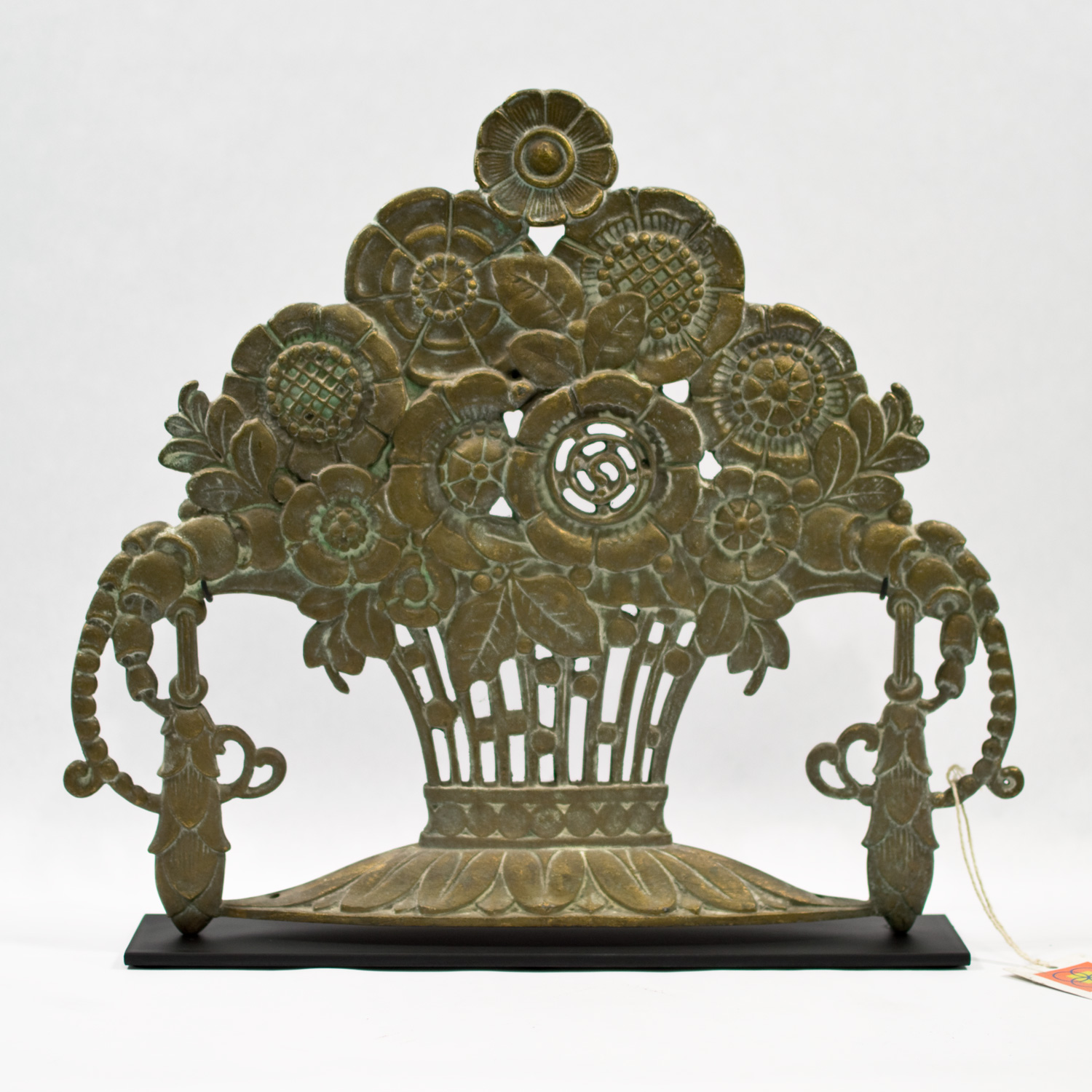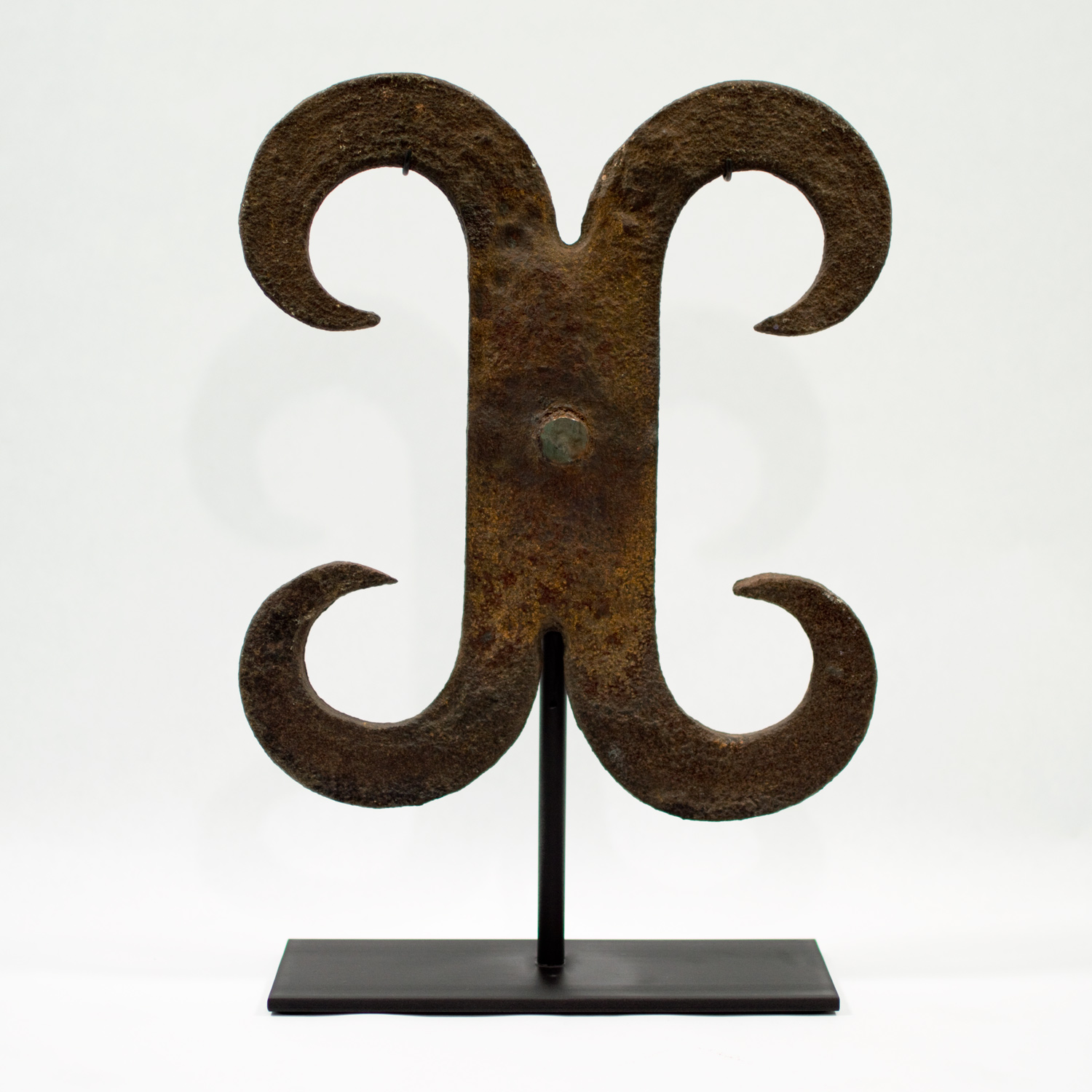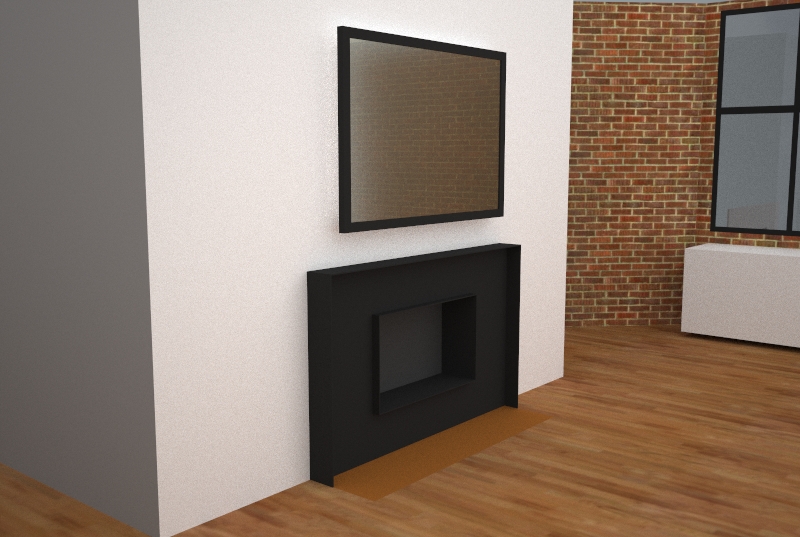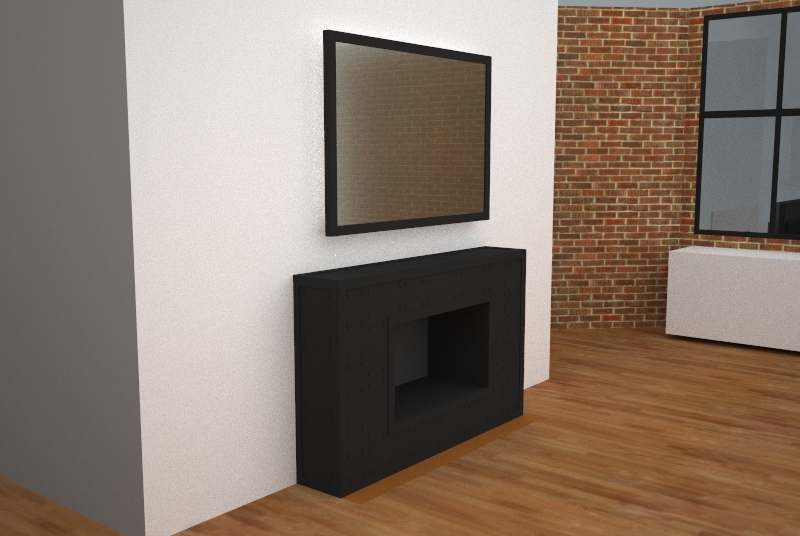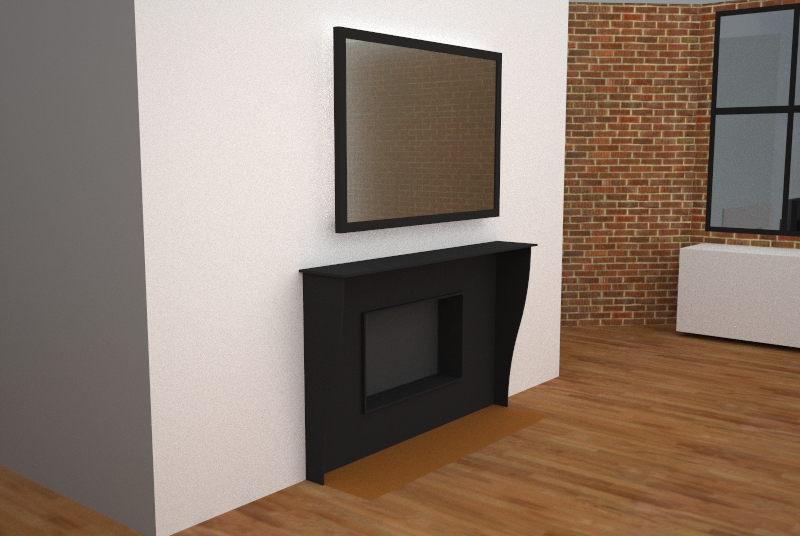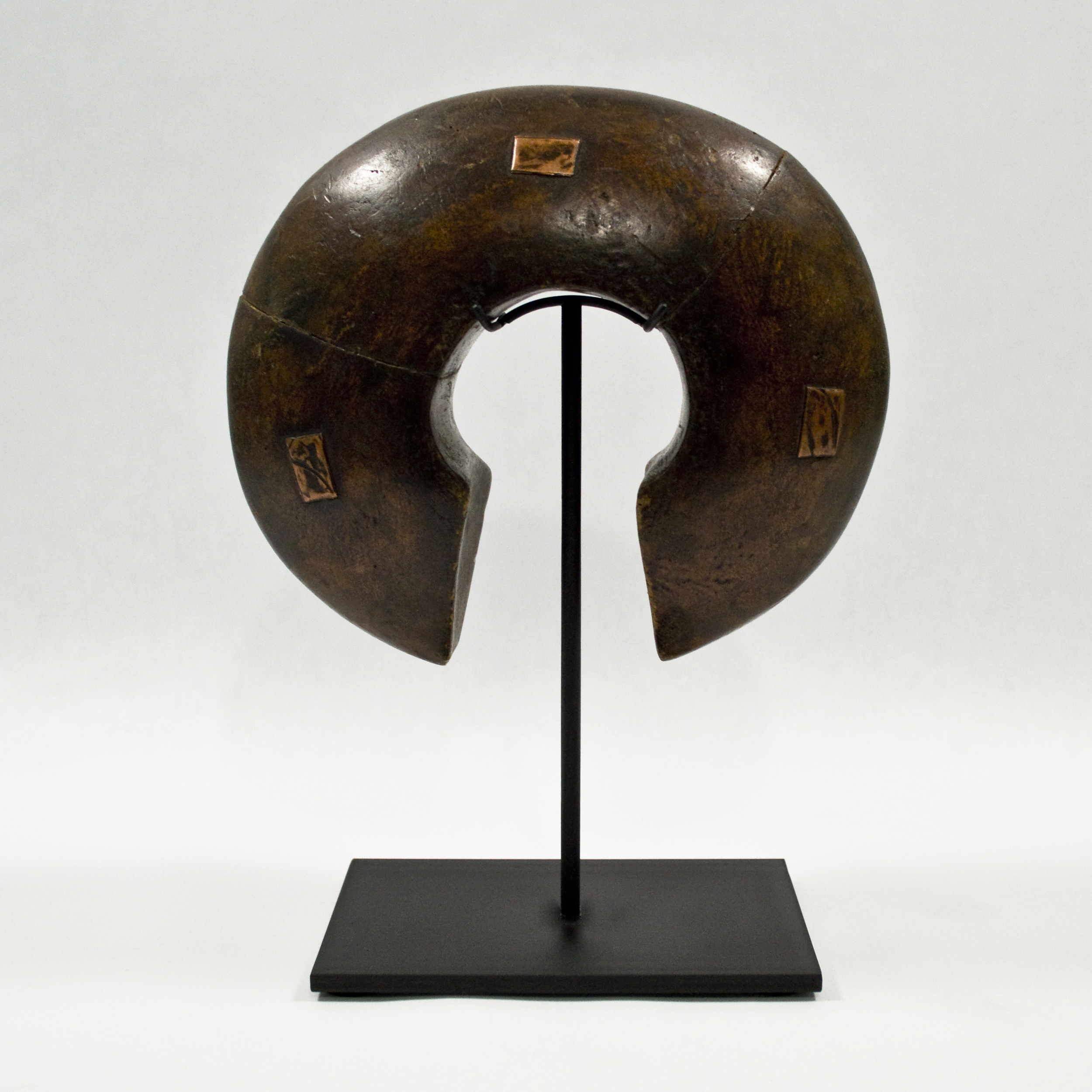20 years ago, an art teacher changed the direction of my life.
The summer after I finished junior high, I had the opportunity to take a class at the high school I would be attending in the coming year. It seemed like a great chance to learn my way around the campus and meet a few new people before the fall semester started, and as I looked over my options photography jumped out at me. Art had always been a casual interest of mine, whether that meant doodling in notebooks or building elaborate Lego constructions, and photography was something I hadn't tried yet.
My first photographs were nothing special, the same sort of black and white compositions any would-be artist comes up with: a shot down a lane of trees, some friends looking contemplative, a bit of forced perspective. I took my time in the darkroom, framing them just right, timing the exposure, perfecting the focus. I showed them to the teacher when I was done.
"Deluxe," he said.
"Deluxe?"
"Yes, absolutely. Deluxe."
In hindsight I'm certain he said that to the next student, and the next, but it didn't matter. I was hooked. The rest of the summer flew by in a swirl of long walks, clicking shutters, and darkroom chemicals, and in the fall I signed up for another art class.
Art class led to art class, and eventually to the college art department where I found the medium I would work in for the next 15 years. Metalsmithing became my passion, and I made jewelry, cast silver, and hammered copper vessels. After college I continued my education, learning welding, blacksmithing, and bronze casting.
Thinking about it now, metalsmithing grabbed me for the same reason photography did so many years ago. Both are arts that hinge on one precipitous moment of success or failure, but also require careful refinement and a patient hand. Directing the heat of a torch to melt only the tiniest piece of silver before everything else collapses is a moment of intensity and danger, followed by an almost meditative period of filing, sanding, and polishing out the final form. These emotional elements inform all of the work that I do, and the vocation I now pursue.
Three weeks ago, that first important art teacher walked into the gallery where I now do much of my work. I hadn't seen him since high school, and knew he had retired several years ago. In that moment, I had no words to tell him how much he had meant to me. I introduced myself, knowing he had no reason to remember me among the hundreds, maybe thousands of students he had encountered in his long career. I thanked him briefly, and let him go on his way.
If we meet again I will be sure to tell him that, ever since that photography class, I have striven to make every new project live up to that first compliment. Whether I am polishing gold or hammering red hot iron, I try to make everything worthy of being called, "Deluxe."





















